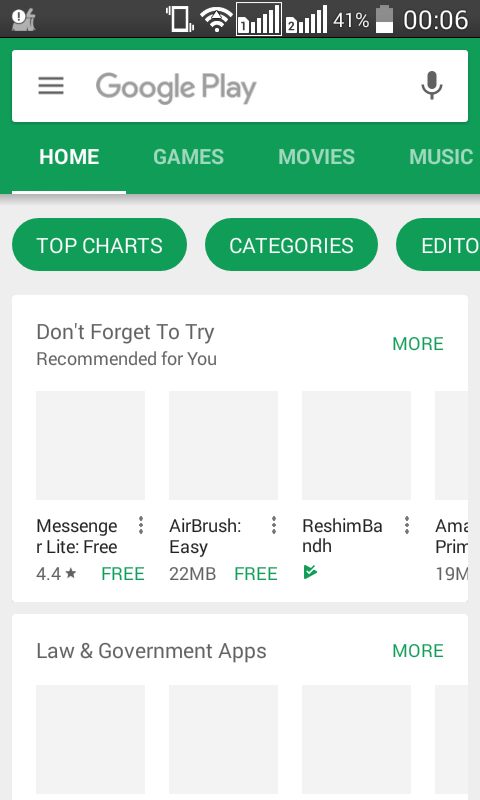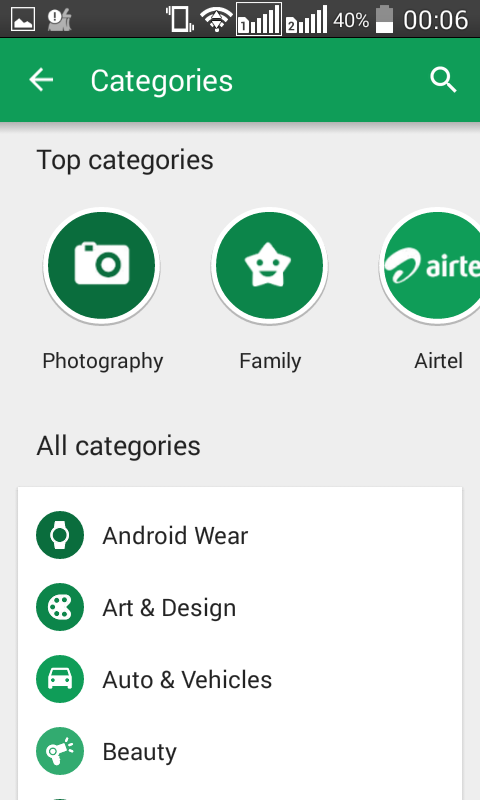I'm not sure if I understood your description of the your app correctly, but I recently did what I think you described.
My activity layout was a DrawerLayout with an included CoordinatorLayout/AppBar layout with a single toolbar and a FrameLayout below. The menu.xml contained all the items I needed in my toolbar for all the fragments. Items clicked in the nav menu would swap out fragments in the FrameLayout. My onNavigationItemSelected() called on this method to swap out the fragments and handle the backstack:
public void switchView(int id, int optArg) {
if (currentView != id) {
currentView = id; //currentView keeps track of which fragment is loaded
FragmentTransaction transaction = getFragmentManager().beginTransaction();
//Fragment contentFragment is the current fragment in the FrameLayout
switch (id) {
case 0: //menu item 1
contentFragment = new Nav_Item1_Fragment();
transaction.replace(R.id.fragment_container, contentFragment, "");
break;
case 1: //menu item 2
contentFragment = new Nav_Item2_Fragment();
transaction.replace(R.id.fragment_container, contentFragment, "");
break;
case 2: //menu item 3
contentFragment = new Nav_Item3_Fragment();
transaction.replace(R.id.fragment_container, contentFragment, "");
break;
}
// Replace whatever is in the fragment_container view with this fragment,
// and add the transaction to the back stack
// transaction.replace(R.id.fragment_container, contentFragment);
transaction.addToBackStack(null);
// Commit the transaction
transaction.commit();
}
}
and in each fragment's onPrepareOptionsMenu() I setVisible() hid/showed the menu items in the toolbar related to that fragment. Each item had an method in the activity pointed to by the menu item's onClick attribute that knew what fragment it was from and what views were passed to it.
The drawer was setup in the onCreate() of the activity with a ActionBarDrawerToggle like so:
drawer = (DrawerLayout) findViewById(R.id.drawer_layout);
ActionBarDrawerToggle toggle = new ActionBarDrawerToggle(
this, drawer, toolbar, R.string.navigation_drawer_open, R.string.navigation_drawer_close);
drawer.addDrawerListener(toggle);
toggle.syncState();
activity xml:
<android.support.v4.widget.DrawerLayout
android:id="@+id/drawer_layout"
...>
<include
layout="@layout/app_bar_main"
android:layout_width="match_parent"
android:layout_height="match_parent"/>
<android.support.design.widget.NavigationView
android:id="@+id/nav_view"
android:layout_width="wrap_content"
android:layout_height="match_parent"
android:layout_gravity="start"
android:fitsSystemWindows="true"
.../>
</android.support.v4.widget.DrawerLayout>
app_bar_main.xml
<?xml version="1.0" encoding="utf-8"?>
<android.support.design.widget.CoordinatorLayout
xmlns:android="http://schemas.android.com/apk/res/android"
xmlns:app="http://schemas.android.com/apk/res-auto"
xmlns:tools="http://schemas.android.com/tools"
android:layout_width="match_parent"
android:layout_height="match_parent"
...>
<android.support.design.widget.AppBarLayout
android:layout_width="match_parent"
android:layout_height="wrap_content"
...>
<android.support.v7.widget.Toolbar
android:id="@+id/toolbar"
android:layout_width="match_parent"
android:layout_height="?attr/actionBarSize"
android:gravity="top"
.../>
</android.support.design.widget.AppBarLayout>
<FrameLayout
android:id="@+id/fragment_container"
xmlns:android="http://schemas.android.com/apk/res/android"
android:layout_width="match_parent"
android:layout_height="match_parent"
app:layout_behavior="@string/appbar_scrolling_view_behavior">
</FrameLayout>
</android.support.design.widget.CoordinatorLayout>
So...One Nav menu, one App/Tool Bar, multiple fragments


